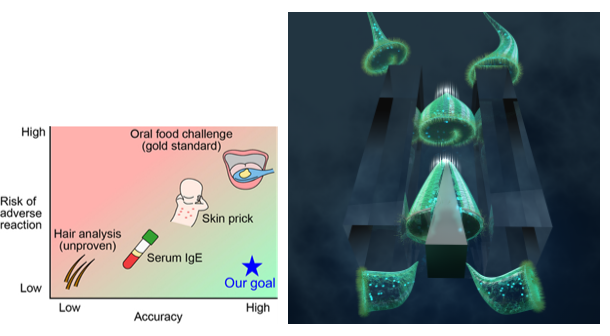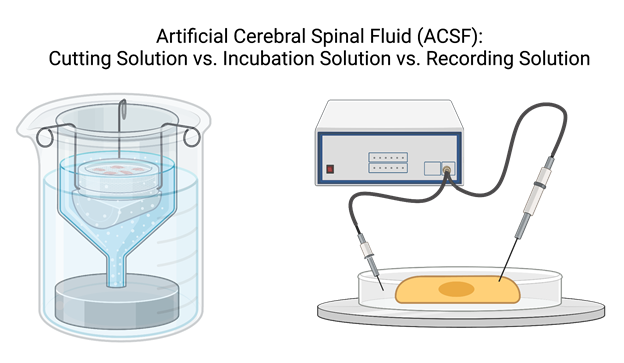At Precisionary Instruments, we’re thrilled to shine a spotlight on innovative labs around the world that are advancing science in unique and meaningful ways. This
Author Archives: Fabian Munoz
Artificial Cerebrospinal Fluid (ACSF) is an essential buffer solution widely used in electrophysiology experiments, particularly to keep acute brain slices alive during research. This solution closely mimics the natural cerebrospinal fluid found in the brain and is designed to maintain neuronal viability and function during experiments like patch-clamp recordings. In this article, we’ll explore the importance of ACSF, its composition, and practical tips to optimize its use.
In the realm of scientific research, particularly in histology, neuroscience, and pathology, precise sectioning of biological samples is critical. Two primary instruments used for this purpose are vibratomes and microtomes. Each has its unique advantages and applications, as well as some overlapping uses. In this article, we will explore the different experimental applications for vibratomes and microtomes, and situations where both can be employed.
If you’re involved in tissue sectioning, you’ve probably heard the terms “vibrating microtome” and “vibratome” thrown around quite a bit. Spoiler alert: they’re actually the same thing! But let’s dive a bit deeper into what these nifty tools are, their history, and how Precisionary Instruments has made some game-changing improvements over the years with our Compresstome vibratome models.
“Our goal is to develop and apply new ultrafast laser scanning multimodal imaging and spectroscopic technologies, such as stimulated Raman scattering (SRS), second harmonic generation (SHG), and multiphoton fluorescence (MPF) microscopy, for visualizing molecular composition and metabolic dynamics in situ at subcellular resolution to study aging and diseases,” explains Professor Lingyan Shi. The Laboratory of Optical Bioimaging and Spectroscopy, led by Dr. Shi, is at the forefront of this groundbreaking research.
Leading the charge in innovative neuroscience research is Prof. Carsten Hagemann, heading the Section Experimental Neurosurgery within the Neurosurgery Department at the University Hospital Würzburg, Germany. With a firm commitment to bridging the gap between laboratory discoveries and clinical applications, this section stands at the forefront of translational neuroscience research.
In the bustling corridors of the Medical University of South Carolina’s Basic Science Building resides a dynamic research group led by Vice President of Research Dr. Lori McMahon. Among her dedicated team is postdoctoral researcher Dr. Jordan Logue, whose work delves into the intricate realm of neuropsychiatric conditions, particularly focusing on understanding sex differences and hormonal influences. At Precisionary Instruments, we want to shine a spotlight on the groundbreaking research conducted by Dr. McMahon, Dr. Logue, and their colleagues.
In our latest Lab Spotlight, we’re thrilled to feature the groundbreaking work of Dr. Gregg Wildenberg and his team at The University of Chicago. Dr. Wildenberg also holds a joint appointment at Argonne National Laboratory. Dr. Wildenberg’s lab, composed of a dynamic team of eight individuals, is dedicated to unraveling the mysteries of neuroanatomy using cutting-edge technology and innovative approaches.
Welcome to another edition of our Lab Spotlight series, where we delve into the innovative research happening in labs around the world that utilize Precisionary Instruments’ Compresstome vibratome. Today, we’re excited to shine the spotlight on Associate Professor Brandon Henderson’s research lab, located at the Joan C. Edwards School of Medicine at Marshall University.
What is Brain Awareness Week 2024? Brain Awareness Week (BAW) is an annual global initiative organized by the Dana Foundation, dedicated to raising public awareness
- 1
- 2









